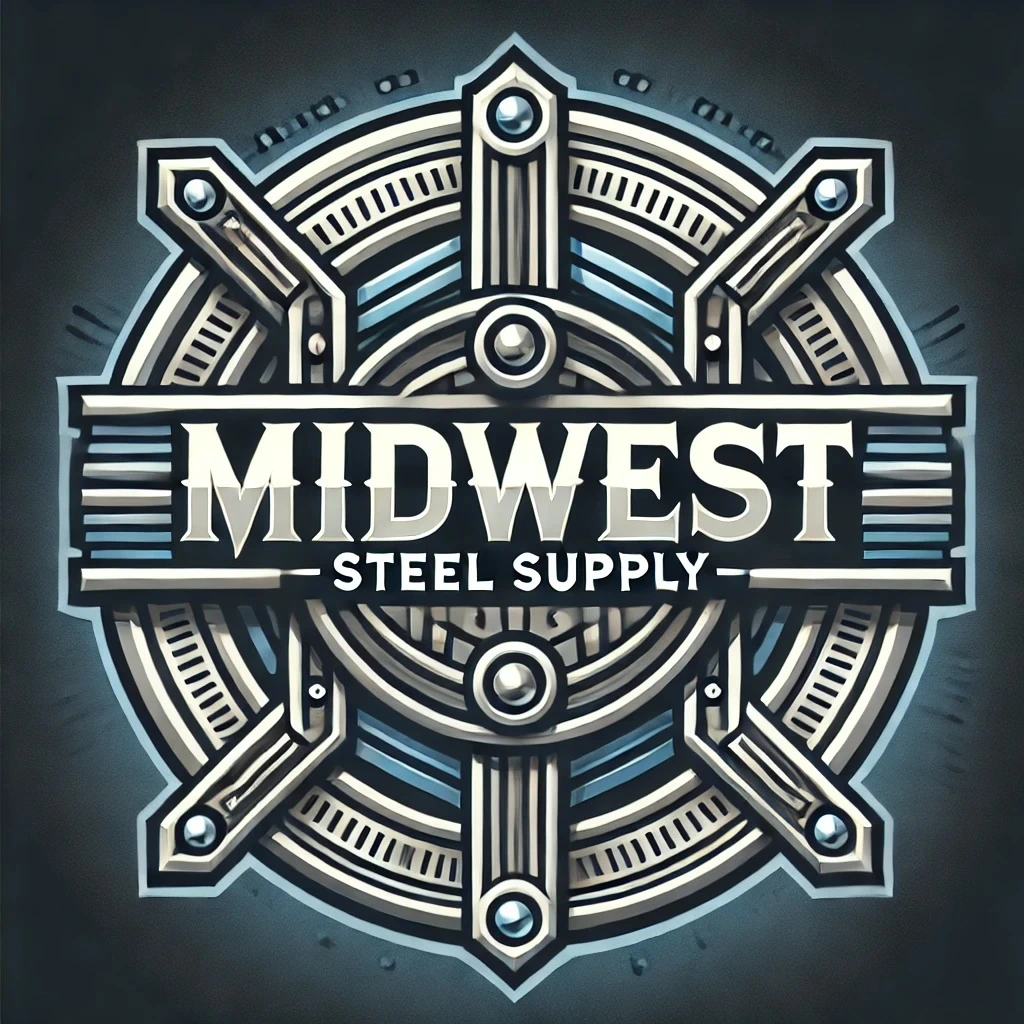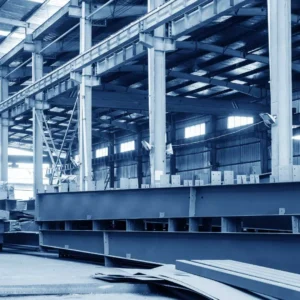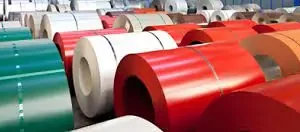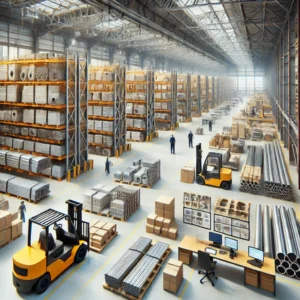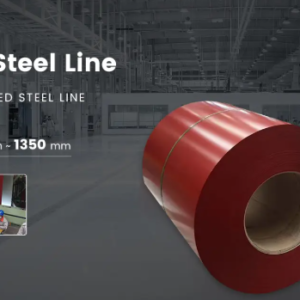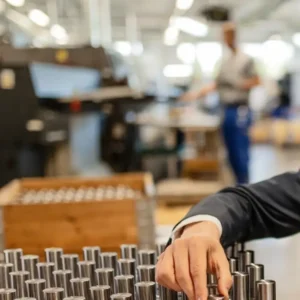Steel Production in India and China: A Tale of Two Giants
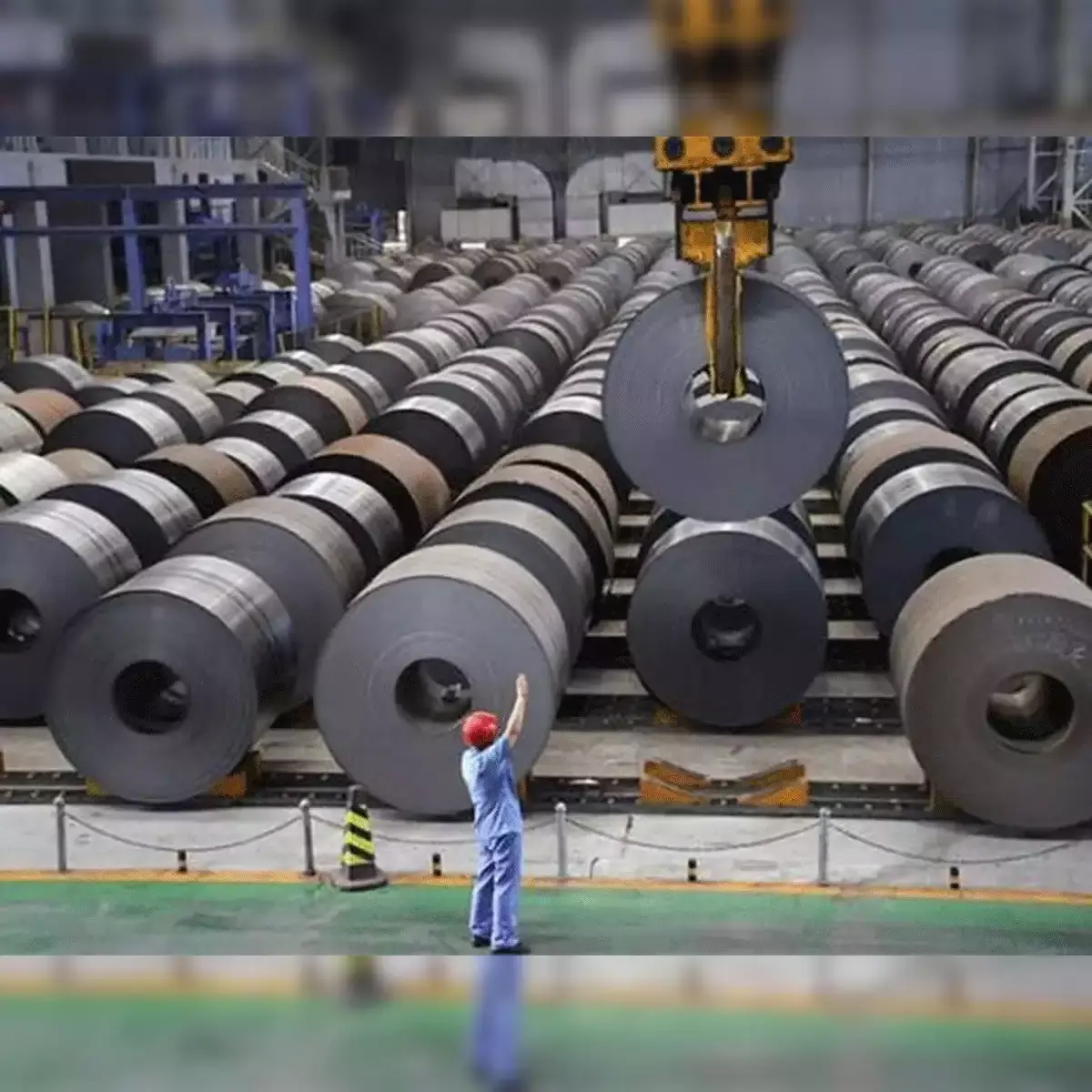
Steel is the backbone of industrial development, and no countries exemplify this better than India and China. As two of the world’s largest producers and consumers of steel, both nations have rapidly scaled up their production capacity to meet the demands of construction, manufacturing, infrastructure, and global trade.
This article explores the evolution, scale, and future of steel production in India and China, examining what makes these nations steel powerhouses on the global stage.
China: The Undisputed Global Leader in Steel Production
Dominance in Numbers
China is the world’s largest steel producer, accounting for over 50% of global steel output. According to the World Steel Association, China produced around 1.019 billion tons of crude steel in 2023 alone. This staggering volume is unmatched by any other country and is driven by massive infrastructure investments, urbanization, and industrial demand.
State-Owned Steel Giants
Much of China’s production is led by state-owned enterprises like China Baowu Steel Group, which is recognized as the world’s number one steel company. Other significant players include Ansteel, Shougang, and HBIS Group. These corporations benefit from government support, integrated supply chains, and substantial R&D investment.
Innovation and Green Transition
China is also taking the lead in the decarbonization of steel production. The government has mandated carbon neutrality goals by 2060, encouraging steelmakers to adopt hydrogen metallurgy, carbon capture technologies, and electric arc furnaces (EAFs). Companies like Baowu are now seen as sustainable steel companies setting industry standards.
Global Export Power
With massive capacity and strategic pricing, China has long been a top Chinese steel exporter. It ships steel products globally, including Asia, Africa, Europe, and Latin America. Its exports include flat steel, long steel, stainless steel, and specialty products for shipbuilding, auto manufacturing, and infrastructure.
India: Rapid Growth in the Steel Sector
Rising to Global Prominence
India is currently the second-largest producer of steel in the world, with crude steel output reaching 125 million tons in 2023. While it trails China significantly in volume, India’s steel industry is growing at a healthy CAGR of 6–7% and is poised to cross 300 million tons by 2030 under the National Steel Policy.
Key Players in Indian Steel
India’s steel sector is a mix of public and private enterprises. Major players include:
-
Tata Steel – One of the oldest and most respected names in global steel.
-
JSW Steel – Rapidly expanding with integrated steel plants.
-
SAIL (Steel Authority of India Ltd.) – A government-owned giant with massive operations.
-
ArcelorMittal Nippon Steel India (AM/NS India) – A joint venture bringing global expertise to Indian shores.
These companies are focusing on expanding capacity, improving quality, and adopting digital technologies to remain globally competitive.
Government Support and Initiatives
India’s growth is strongly supported by policy initiatives such as:
-
National Infrastructure Pipeline (NIP) – Huge investments in roads, railways, and ports.
-
Make in India – Boosting domestic manufacturing and steel consumption.
-
PLI Scheme for Specialty Steel – Encouraging production of high-grade steel for export.
India is also eyeing opportunities to become a major steel exporter, especially to Europe, the Middle East, and Southeast Asia.
Steel Production: India vs. China – A Comparative Snapshot
| Factor | China | India |
|---|---|---|
| Annual Crude Steel Output (2023) | ~1.019 billion tons | ~125 million tons |
| Global Rank | 1st | 2nd |
| Top Companies | Baowu, HBIS, Ansteel | Tata Steel, JSW, SAIL, AM/NS |
| Government Role | Strong state ownership & subsidies | Policy-driven, mix of public-private |
| Green Transition | High investment in low-carbon steel | Gradual adoption of EAF & green tech |
| Export Strategy | Global leader, price competitive | Growing exporter with quality-focused vision |
| Domestic Demand Drivers | Construction, manufacturing, exports | Infrastructure, automotive, defense |
Opportunities and Challenges
China
Opportunities:
-
Leadership in green steel and hydrogen technology
-
Dominance in exports, especially to emerging economies
-
Strong government and institutional support
Challenges:
-
Overcapacity issues and global trade tensions
-
Environmental regulations tightening
-
Slowing domestic real estate sector
India
Opportunities:
-
Massive untapped domestic market
-
Young workforce and industrial potential
-
Strategic trade pacts with the EU and ASEAN
Challenges:
-
High energy and logistics costs
-
Raw material dependency on imports (e.g., coking coal)
-
Slower infrastructure upgrades compared to China
The Role of the U.S. in the Steel Equation
While China and India dominate global production, the U.S. remains a major consumer and importer of steel. Companies like Midwest Steel Supply ensure that American businesses have access to high-quality materials. As a reputable best steel suppliers in the USA, Midwest Steel supports sectors like aerospace, automotive, agriculture, and construction.
With advanced custom metal cutting services and local delivery, it plays a key role in supplementing imports from countries like China and India. If you’re looking for a reliable angle iron distributor Midwest or a trusted steel fabrication Midwest USA partner, Midwest Steel Supply fits the bill.
The Future: Collaboration or Competition?
As the world moves toward net-zero emissions, global steel production will undergo massive transformation. Both India and China must adopt greener technologies, improve efficiencies, and enhance international cooperation. While China is the current superpower, India’s rapid growth trajectory signals that the future may be more competitive than ever.
Trade agreements, ESG compliance, carbon border taxes, and digital supply chains will redefine the future of steel. Whether collaborating or competing, both nations will remain crucial in shaping the steel industry’s direction globally.
Final Thoughts
China and India are not just regional players; they are shaping the very foundation of modern industrialization. While China commands the global steel throne, India is rising with ambition, scale, and policy support. Together, they represent resilience, adaptability, and the next generation of steel innovation.
As global demand for sustainable, high-quality steel rises, expect these two Asian powerhouses to lead the way — not just in tons produced, but in how steel is made, delivered, and reused in the world of tomorrow.
